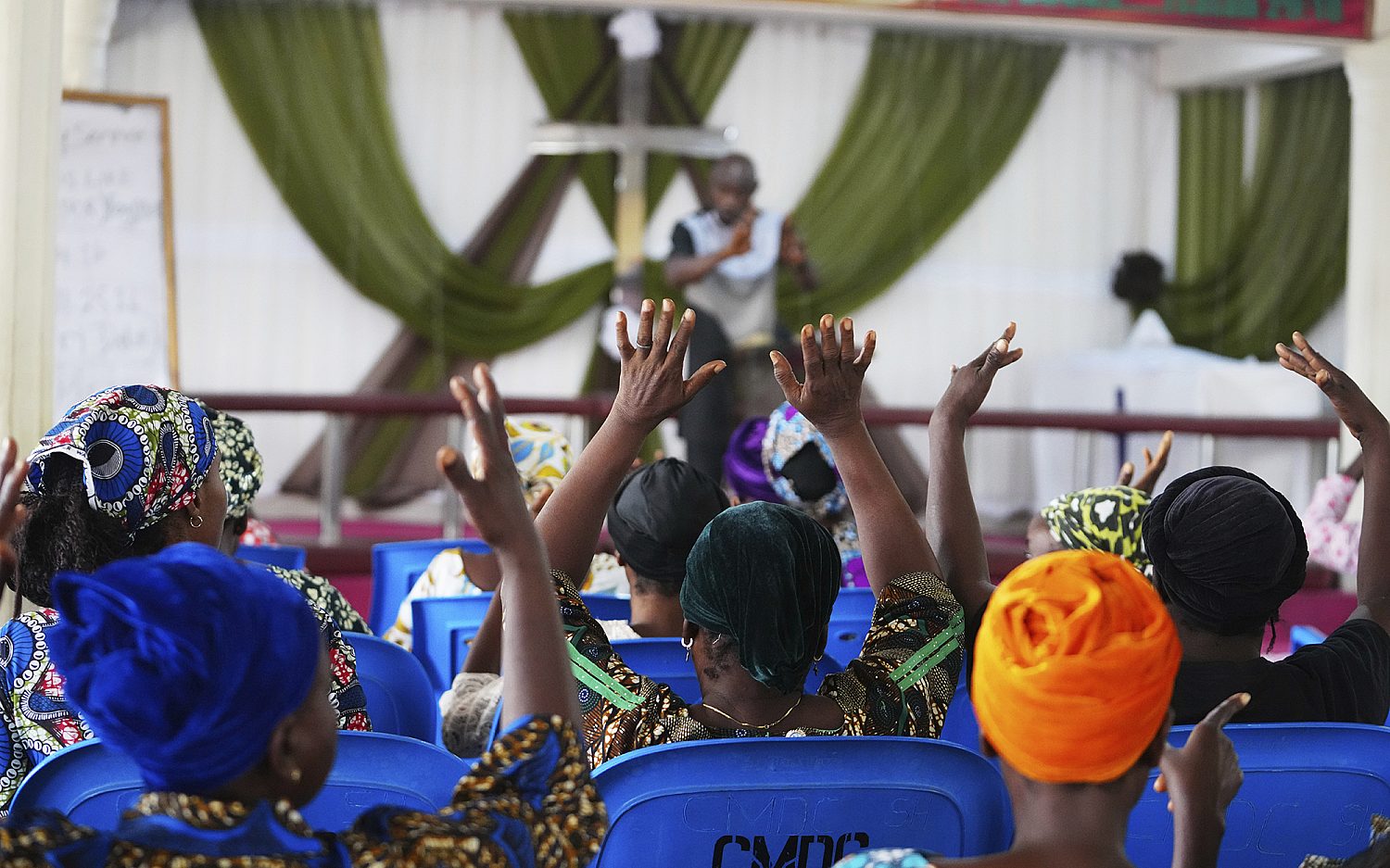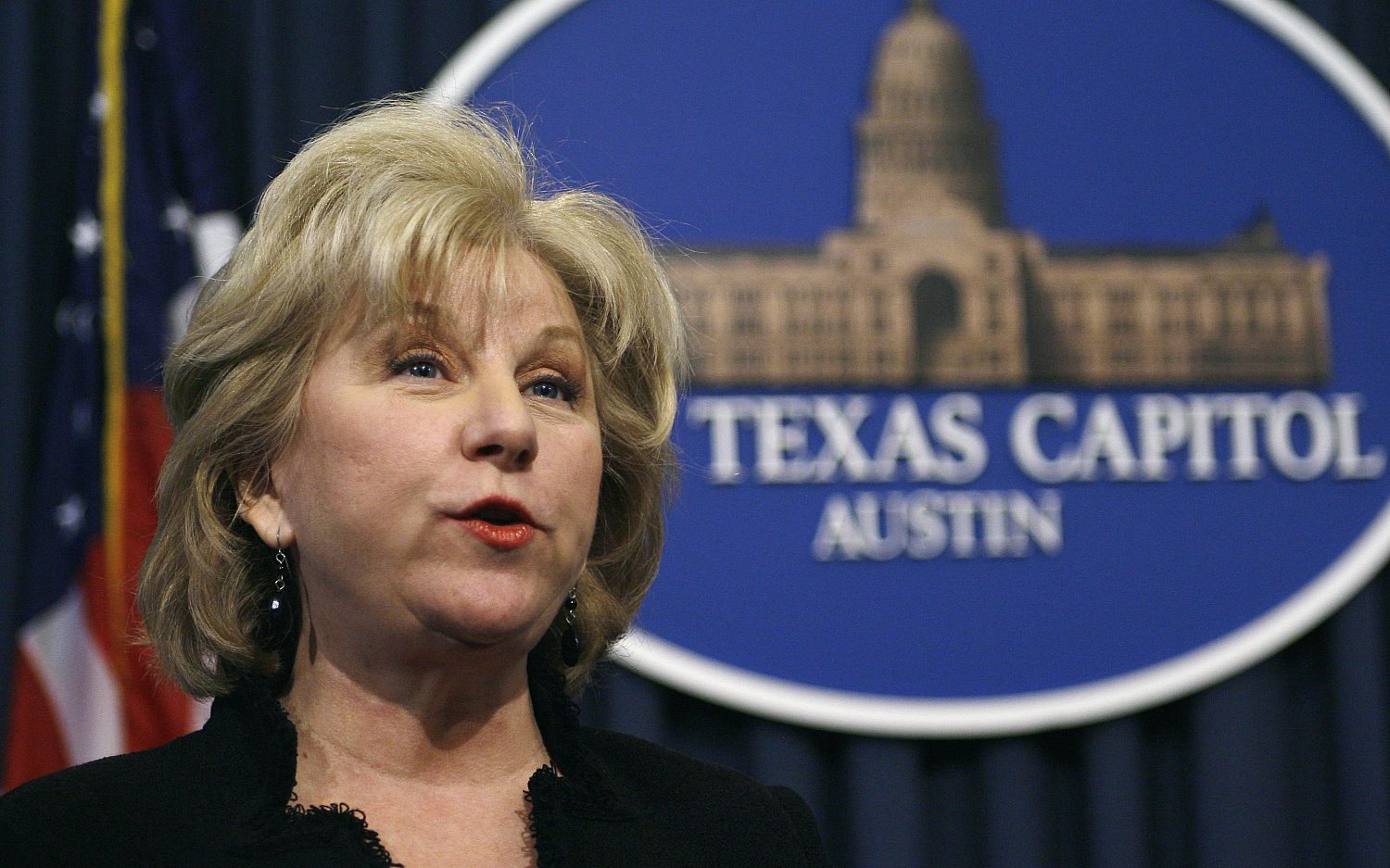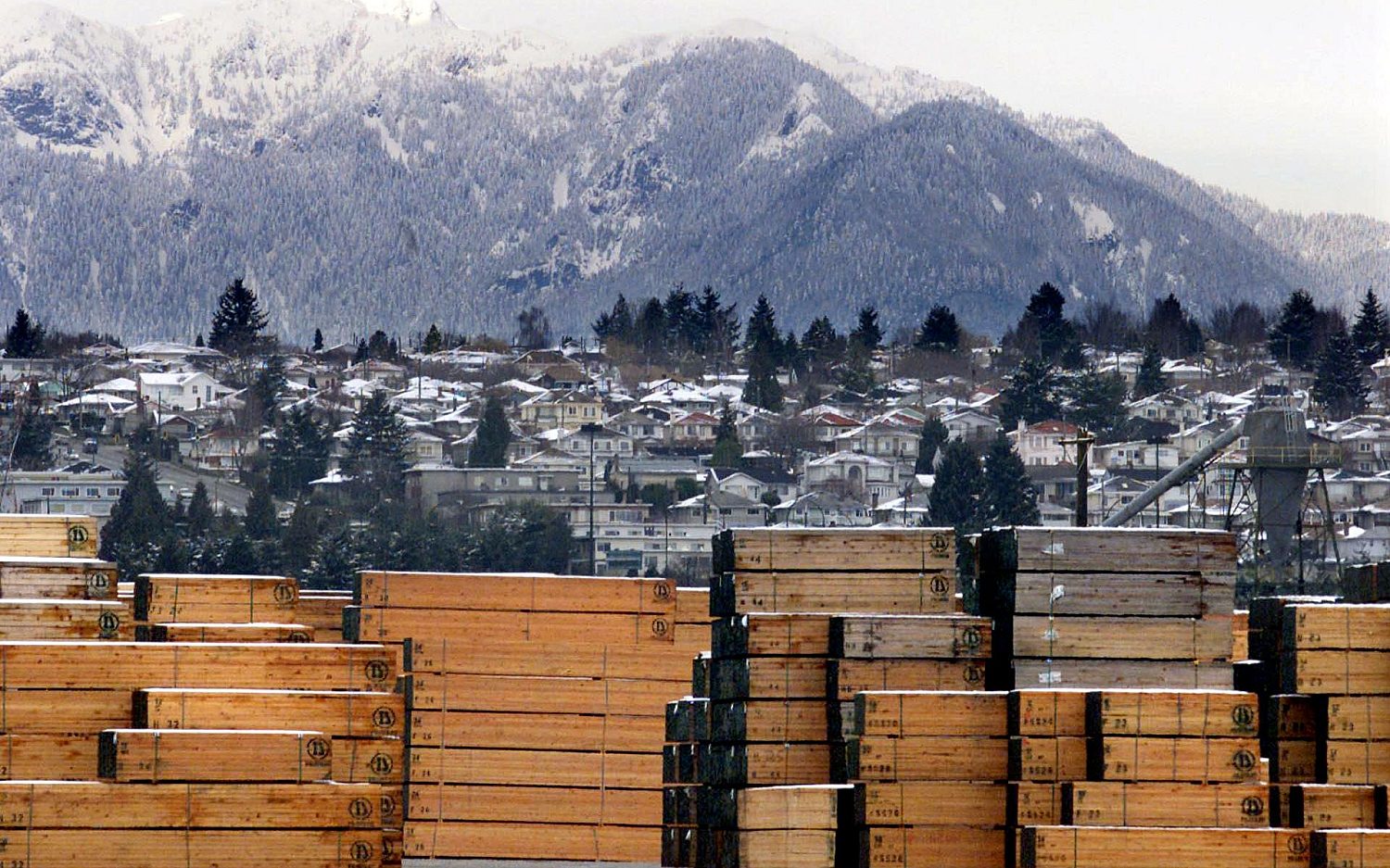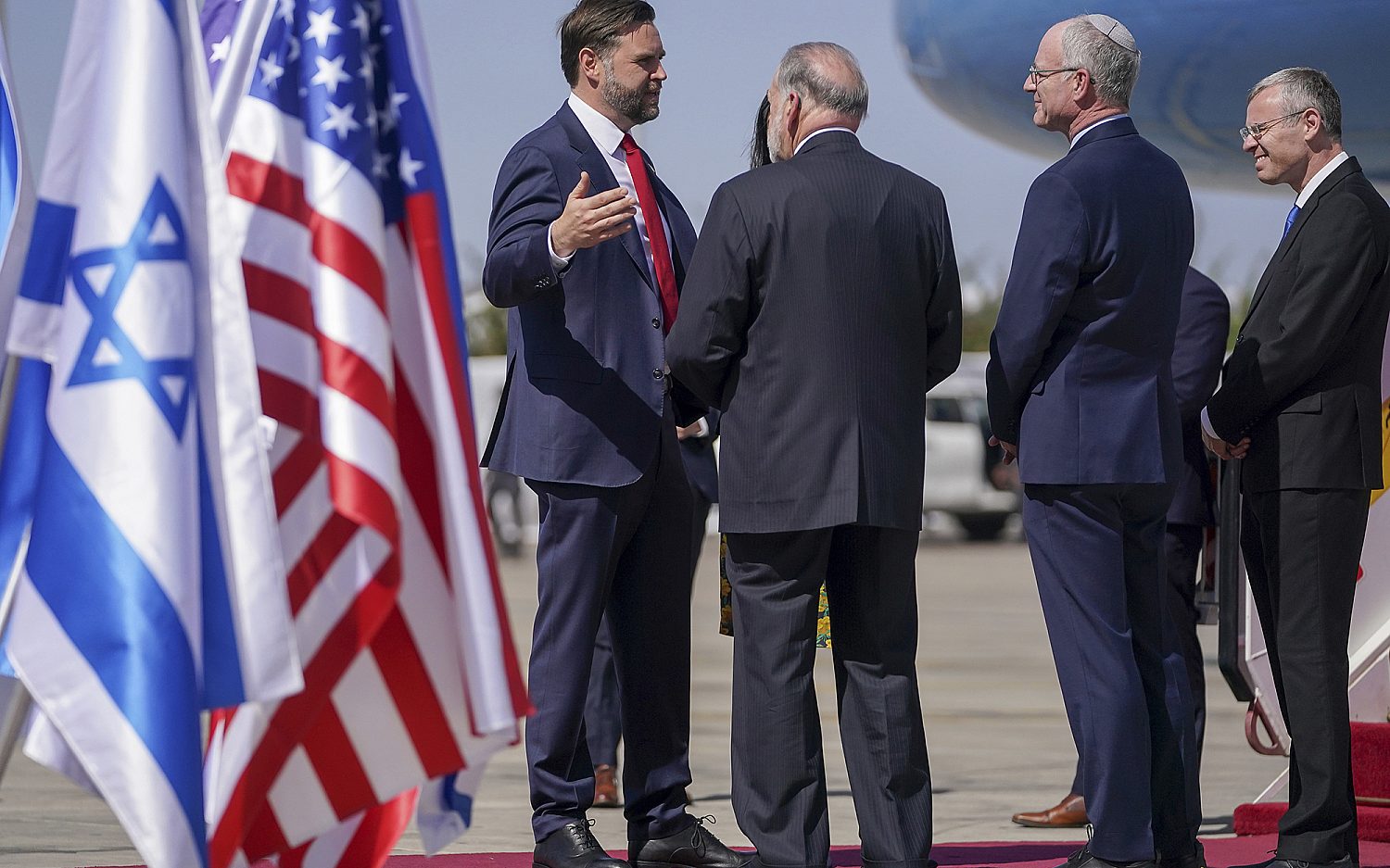Supreme Court puts safety before constitutional rights in two law enforcement cases
Safety first, ruled the U.S. Supreme Court this week in two cases asking whether law enforcement violated individuals’ constitutional rights. One dealt with the safety of the general public, the other the safety of the president.
In Plumhoff v. Rickard, the court ruled police acted reasonably when they used deadly force to stop a high-speed chase.In 2004, police in Arkansas pulled over Donald Rickard for a broken headlight. But he refused to show ID or step out of the car. Instead, he took off and eventually hit speeds of 100 mph in traffic.
Rickard struck other cars, and police fired a total of 15 shots in 10 seconds at him. His car slammed into a house, killing both Rickard and his passenger. Rickard’s family sued, arguing the police used unreasonable force in violation of the Fourth Amendment.
“If the police are firing, somebody in the public might get hit by a bullet,” Chief Justice John Roberts said during oral arguments on the case. “The point the officers make [is] that if you allow him to escape and continue a high-speed chase, there are other people, innocent people, who might get injured or killed by the car. How were the officers supposed to decide on the spot whether there is a greater danger that people are going to get hit by a stray bullet or there is a greater danger that people are going to get hit by the car?”
Roberts sided with the 7-2 majority, which decided the police did not violate the driver’s constitutional rights. Given Rickard’s extremely reckless actions over several minutes at high speeds, with dozens of people’s lives at risk, police were reasonable in shooting to stop further public danger.
Another ruling issued Tuesday also upheld law enforcement’s discretion in providing for public safety, in this case, the safety of the president of the United States. When then-President George W. Bush stopped for dinner in Jacksonville, Ore., in 2004, both supporters and protesters gathered nearby. The protesters gathered closest to the restaurant’s outside patio, where Bush ate. The Secret Service moved the protesters further away, and seven of them sued. They argued the Secret Service violated their right to free speech and discriminated against their viewpoint.
During oral arguments in March, the chief justice posed a scenario to the protesters’ lawyer about how the Secret Service should decide which group poses the greatest danger to a president: “If you had to decide right now, do you go through the anti-Bush crowd or the pro-Bush crowd? Guns are going off, explosions. Which way do you go?”
The lawyer said he couldn’t answer the question because he wasn’t a security expert, to which Justice Antonin Scalia replied: “You’re the farthest thing from a security expert if you don’t know the answer to that one.”
And the Court agreed with his line of thought, ruling unanimously it is folly to turn the Secret Service’s mission from the safety of the president to balancing the vantage points of onlookers.
Lynde Langdon contributed to this report.
An actual newsletter worth subscribing to instead of just a collection of links. —Adam
Sign up to receive The Sift email newsletter each weekday morning for the latest headlines from WORLD’s breaking news team.





Please wait while we load the latest comments...
Comments
Please register, subscribe, or log in to comment on this article.